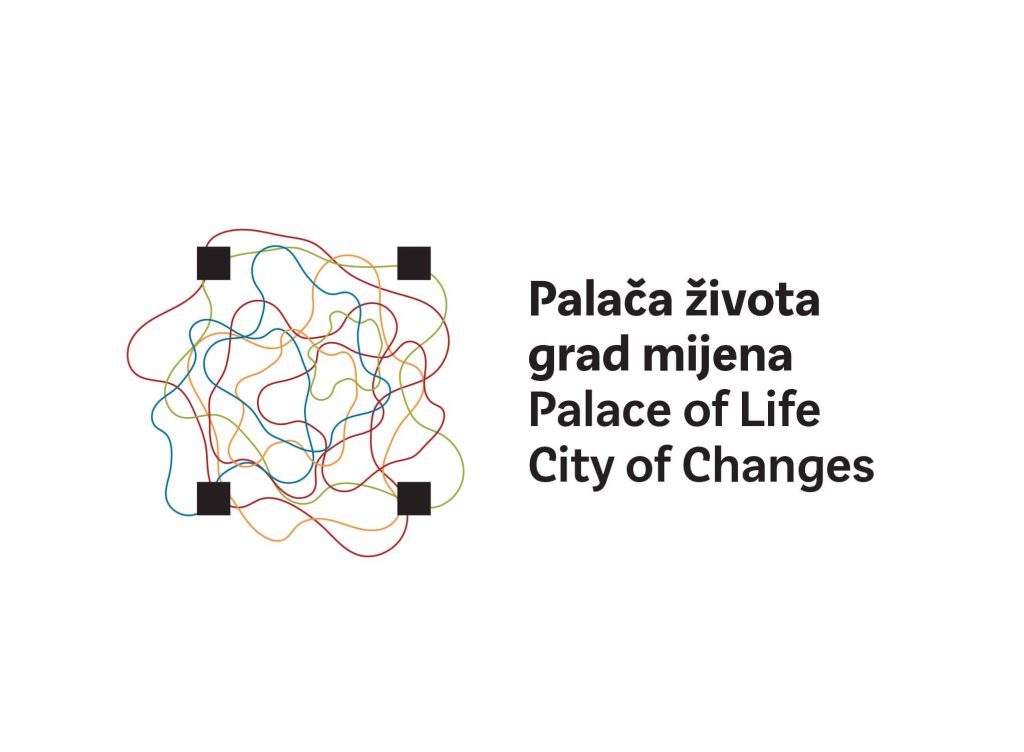Palace of Life, City of Changes, is a project in which the Old Town Hall on Split’s Pjaca (Narodni trg) was renovated, followed by the renovation of the courtyard and ground floor of the Split City Museum (MGS), which will become accessible to people with disabilities by installing an elevator. Through this project, the southeastern tower of Diocletian’s Palace with the Lukačićeva 5 building will be reconstructed and presented to the public, reports the City of Split.
“The project co-financed the renovation and equipping of five buildings, which will provide a unique insight into the invaluable cultural heritage of the historic center of Split and the introduction of new content and presentations of space that have been neglected for years. In addition, the old town hall has been renovated following the latest needs of modern exhibition space. Project documentation is being prepared by Office Vojnović d.o.o. based on which work will soon begin on the above facilities,” said Radojka Tomašević, Head of the Service for International and EU Projects, who heads the project implementation team by the City of Split in cooperation with partners – Split Tourist Board and Split City Museum.
Split studio Kazinoti & Komenda designed and created the project’s visual identity. Karlo Kazinoti and Mišo Komenda have already been recognized for their quality and memorable design solutions to numerous cultural projects, but this is undoubtedly the most significant Split project they have worked on. The set task resulted in a dynamic identity of pronounced color in which they summed up the directions of movement through the countless streets of Split’s historic core:
“The design was created as a reduction of the palace to four squares, i.e., towers, while the walls were completely erased to suggest openness and metaphorically depict life spreading outside the palace. The lines as a formative element are inspired by the somewhat chaotic directions of movement, roads, shortcuts inside the palace created by life within the walls. In the end, we see a similar network of intertwined directions when looking at the sky because of the clothesline (tiramola),” explained Kazinoti & Komenda.
The extended function of this design allows the grid of lines to be applied as a graphic pattern or framed within a given format as needed. The font Spalat by prof. Nikola Đurek and the project’s name were accompanied by the slogan “Old Split. New Story.”
“The goal was to communicate the novelties in the palace, i..e., the old part of the city, but the specificity is that these ‘novelties’ are centuries-old heritage, so we drew a parallel between the old and the new. We are erasing the border between them because part of the unknown heritage, which, together with many visitors, will be revived only now and become – new,” explained Karlo Kazinoti.
Thanks to investments through the Palace of Life project, the citizens of Split will get a new perspective, the opportunity to enjoy the view of the city from the eastern wall of Diocletian’s Palace and from the terrace of the Southeast Tower, which will house the interpretation center and exhibition space. Since its opening, the old town hall has attracted visitors of all generations with an excellent exhibition “Judita 500”. At the same time, the Split City Museum on the ground floor and renovated courtyard of the Papalić Palace will receive a new, modernized exhibition that will provide visitors with a completely new experience of old stories.
Palace of Life, City of Changes, is one of the most significant investment projects in the restoration and revitalization of the cultural heritage of Split in more than 60 years, more precisely since the opening of Diocletian’s cellars. The project also includes the development of the Old Town Management Plan and the Visitor Management Action Plan. The total estimated value of the project is HRK 25.4 million, of which HRK 18.2 million is a grant from the European Union from the European Regional Development Fund.
For more, check out our dedicated lifestyle section.








